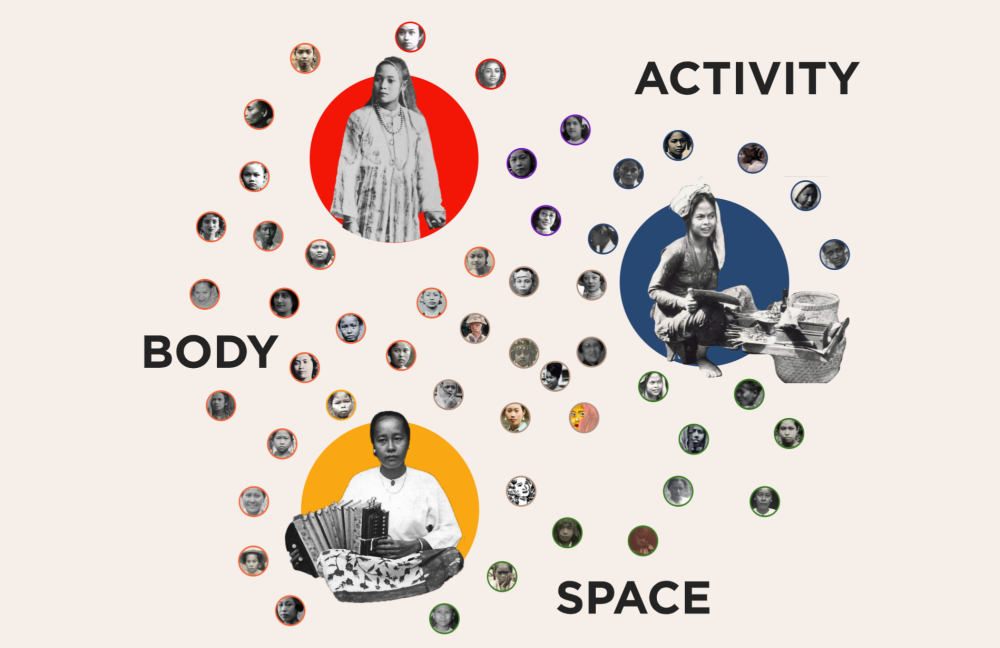PETALING JAYA, June 21 — What do old photographs have to do with modern day stereotypes? Social scientist Assoc Prof Maznah Mohamad said the connection might be a lot stronger than you think.
“Photographs have a certain type of power, they immediately give you a certain idea of the subject pictured,” she added.
“When we talk about how stereotypes get solidified, images tend to be the ones that are really seared into the mind “So if you look at how different people and communities are represented, photographs can offer insight into unpacking ideas around things like gender, race and class.” Maznah is part of the team behind Being and Becoming: Of Femininities in the Malay World Through 50 Images, a virtual exhibition aimed at sparking conversation about Malay womanhood through colonial-era imagery.
The online exhibition is now officially LIVE! Thank you to everyone who joined us for the launch and seminars today. To explore the exhibition, visit https://t.co/h6IIfnRg77 pic.twitter.com/POmfCRDYkR
— ArtsEquator (@ArtsEquator) May 12, 2022
Launched last month, the exhibition sees a curated collection of archival photographs, postcards and illustrations from the mid-19th century right up to the 1950s.
Many of the photographs were sourced from public institutions and museums around the world, including both Malaysia and Singapore’s National Archives, museums, as well as archival projects such as Malaysia Design Archive.
The project is led by researchers from the Department of Malay Studies at the National University of Singapore (NUS), as well as Assoc Prof Bahar Gürsel of the Department of History, Middle East Technical University, Turkey.
Recreating an in-person experience Originally meant to be a physical event, Being and Becoming went virtual due to the pandemic.
The exhibition’s main page features a collection of thumbnails, contained in small vibrating circles, loosely centred around the exhibition’s three main themes; body, space, and activity Upon clicking on a thumbnail, viewers are directed to the full photograph featured, along with the details of its origins.

In an interactive twist, visitors can also opt to delve further by answering questions about the photographs.
Answering these questions — ranging from binary and multiple choices to open-ended prompts — will reveal the researchers’ additional notes offering further context to the photographs.
“Figuring out the user interface and user experience was definitely challenging,” said the exhibition’s project manager Kathy Rowland.
“We wanted to allow visitors to ‘meander’ around the space, just like they would at a physical exhibition.” Rowland is also the managing editor of ArtsEquator, the host of the virtual exhibit.
Unpacking old narratives Maznah, who is also the head of NUS’ Department of Malay Studies, added that the exhibit was part of a larger research project examining depictions of gender and race in the Malay world.
As such, the collection’s main themes serve to frame questions around these depictions.
One of the ideas behind the theme ‘body’ for instance, is around the objectification and exploitation of women’s bodies.

Maznah offered the example of early photographs of Malay — or Malay-looking — women posing bare-breasted in studios, as well as those of indigenous women going about their day.
“In fact, those studio pictures became quite an issue later on; there were a number of court cases taken up by locals about this,” said Maznah.
“Overall though, the framing of these images suggested that they were meant to show the ‘backwardness’ of the local populations.
“Later on, sometime in the mid-1900s, we suddenly have more photographs of elegantly dressed local women; one reading of this is the implication that ‘civilisation’ had arrived.” Another thing that struck the researchers was the original labelling of the photographs themselves.
Some were sparse, simply labelled ‘Malay woman’ in reference to any vaguely brown-skinned person; others meanwhile, did not give the full context to the photographs’ subjects.
The team encountered a more modern version of mislabelling on the e-commerce site Ebay, where sellers were hawking colonial-era postcards as “erotic photographs”.
“The way these old photographs are reproduced on social media now can continue perpetuating stereotypes,” said Maznah.
“But a lot of others, especially young people and artists, are unpacking and decolonising such imagery.
“I hope this exhibit can also be a learning tool to explore the usage of photographs and how they might play into gender and racial stereotypes.”
Rowland meanwhile, added that projects like Being and Becoming were important in having more regional conversations about history and art instead just “West-facing” ones.
“A lot of the discussion and scholarship of these images are ongoing, so I think it would be interesting to see how a broader audience will participate in these discussions as well,” she says.
Being and Becoming runs till August 31 at https://beingandbecomingmalayworld.com/.






















